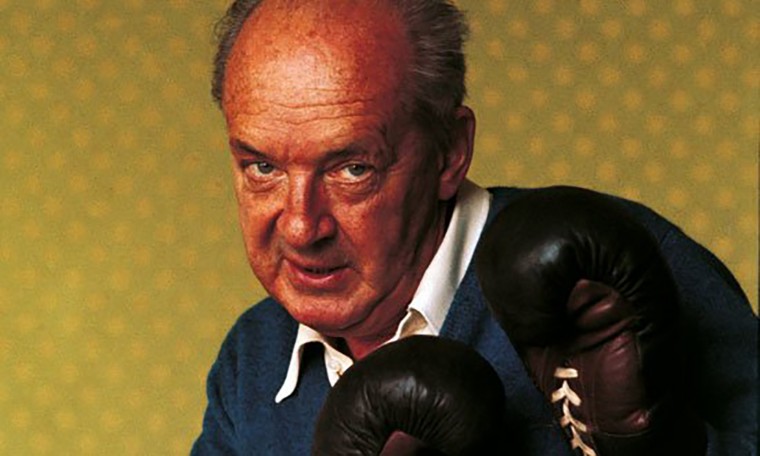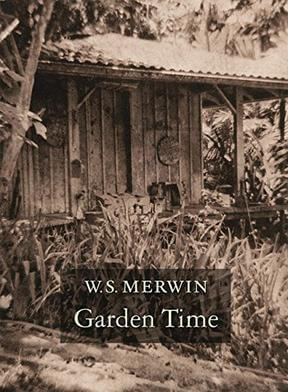
Essay
Hidden Mischief: Some Thoughts on Tate and Edson
by Robin Arble
James Tate and Russell Edson are masters of the American prose poem. While European poets from Baudelaire onward dreamed of “a poetic prose, musical without rhythm and rhyme, supple and staccato enough to adapt to the lyrical stirrings of the soul,” it was U.S. poets like Tate and Edson—inspired, ironically enough, by the discoveries of the French Surrealists—that turned the prose poem into a field for improvisation and mischief.
Take this line from Russell Edson’s The Automobile, published in The Childhood of an Equestrian:
But I mean to say, said his father, that the automobile is not a person because it is something different.
Notice the fake-out in the first half of this sentence. The reader thinks that the poet, or at least the speaker, is stepping in to correct himself. Nope! Not only is our notion of a poetic I eliminated in this sentence, it is replaced with a character no more detailed than a stick figure. A speaker, this poem seems to say, “is not a person because it is something different.”
The mischief in Tate and Edson’s poems plays with form as much as content. Already bored with the subversion inherent in the ‘the prose poem’—an oxymoron, a floating stone—their poems straddle the line between verse and prose. Edson’s poems, like The Automobile, are often laid across the page one sentence at a time, making us ask: are these lines? Sentences? Stanzas? All of the above? What are line breaks anyway? What are lines? Better yet, James Tate published his prose poems with line breaks—or margin breaks, depending on your sensibilities. These enjambments seem arbitrary, yet they carry secret meanings, as all enjambments do. Take these two sentences from Tate’s poem Bounden Duty, published in Return to the City of White Donkeys:
“I
saw the president on TV yesterday. He was shaking
hands with a farmer.”
There’s a feeling of alarm running through Tate’s later poems, and this bait-and-switch (“shaking/hands”) hints at the panic behind the pageantry of early-aughts U.S. politics. The idea of a steady hand of leadership visibly shaking on live TV is a shock that transforms into paranoia at the turn of a phrase.
Donald Hall, a contemporary of Tate and Edson, once said Edson’s poetry is “fanciful, it’s even funny—but his humor carries discomfort with it, like all serious humor.” Tate said something similar of his own poetry: “I love my funny poems, but I’d rather break your heart. And if I can do both in the same poem, that’s the best. If you laughed earlier in the poem, and I bring you close to tears, in the end, that’s the best.” The mischief in these poems pokes holes in the realities we tentatively believe in: a playful tautology asks a question about identity, and an almost-incidental line break reveals our paranoid panic. That duality, that balance between playful and serious, happy and sad—that’s the best.
About the Author
 Robin Arble is a poet and writer from Western Massachusetts. Her poems have appeared or are forthcoming in Oakland Arts Review, Beestung, Door Is A Jar, Pøst-, Brazos River Review, and Overheard Magazine, among others. They are a poetry reader for Beaver Magazine and the Massachusetts Review. She studies literature and creative writing at Hampshire College.
Robin Arble is a poet and writer from Western Massachusetts. Her poems have appeared or are forthcoming in Oakland Arts Review, Beestung, Door Is A Jar, Pøst-, Brazos River Review, and Overheard Magazine, among others. They are a poetry reader for Beaver Magazine and the Massachusetts Review. She studies literature and creative writing at Hampshire College.



